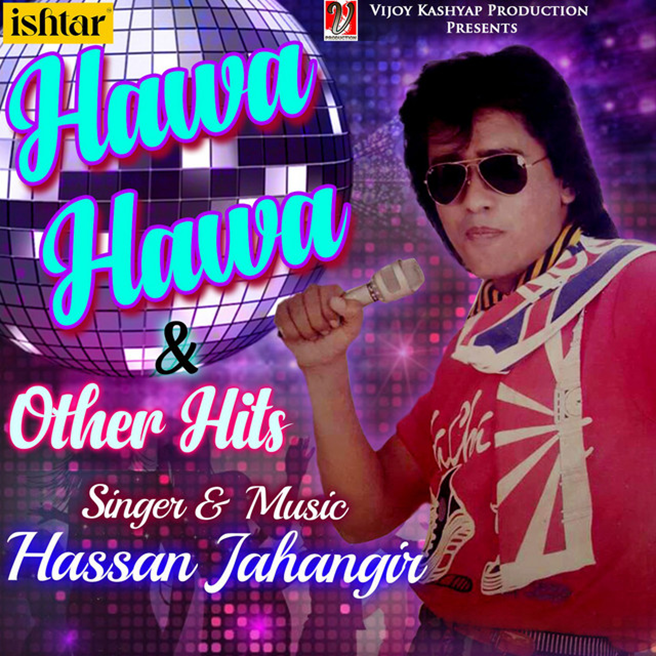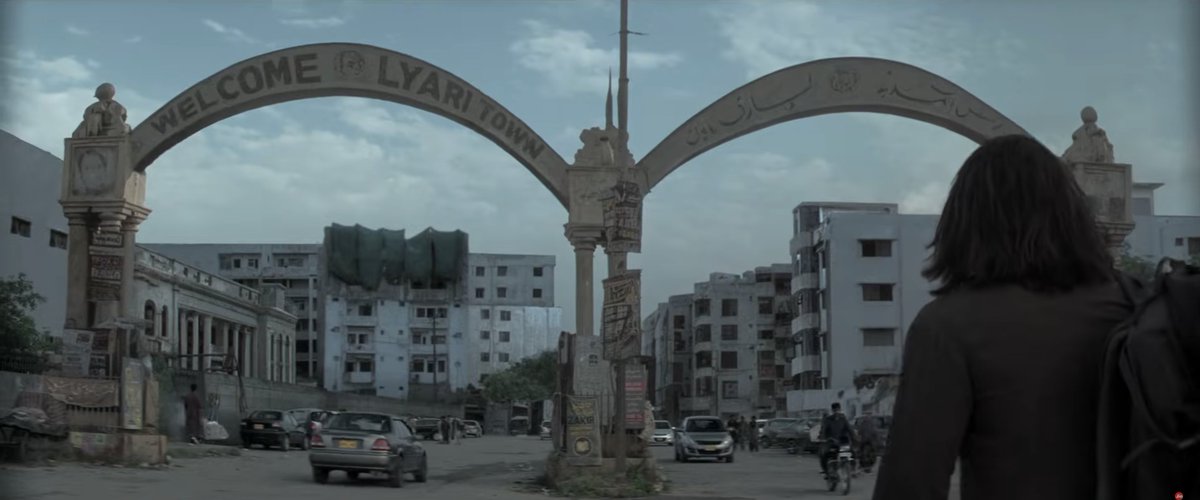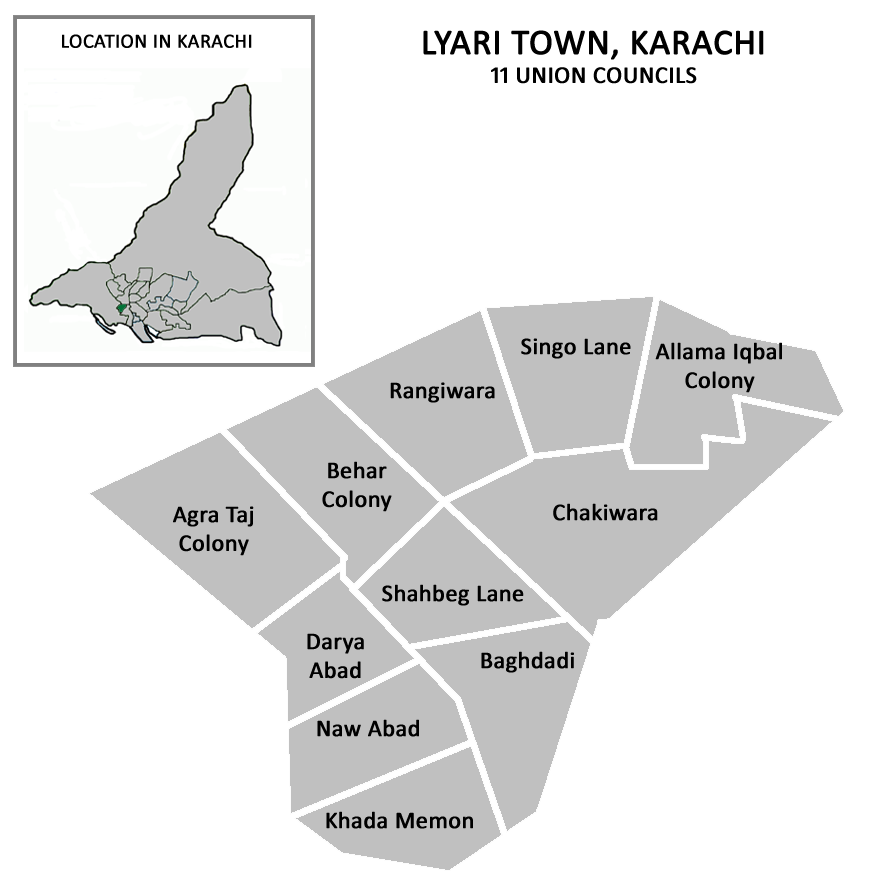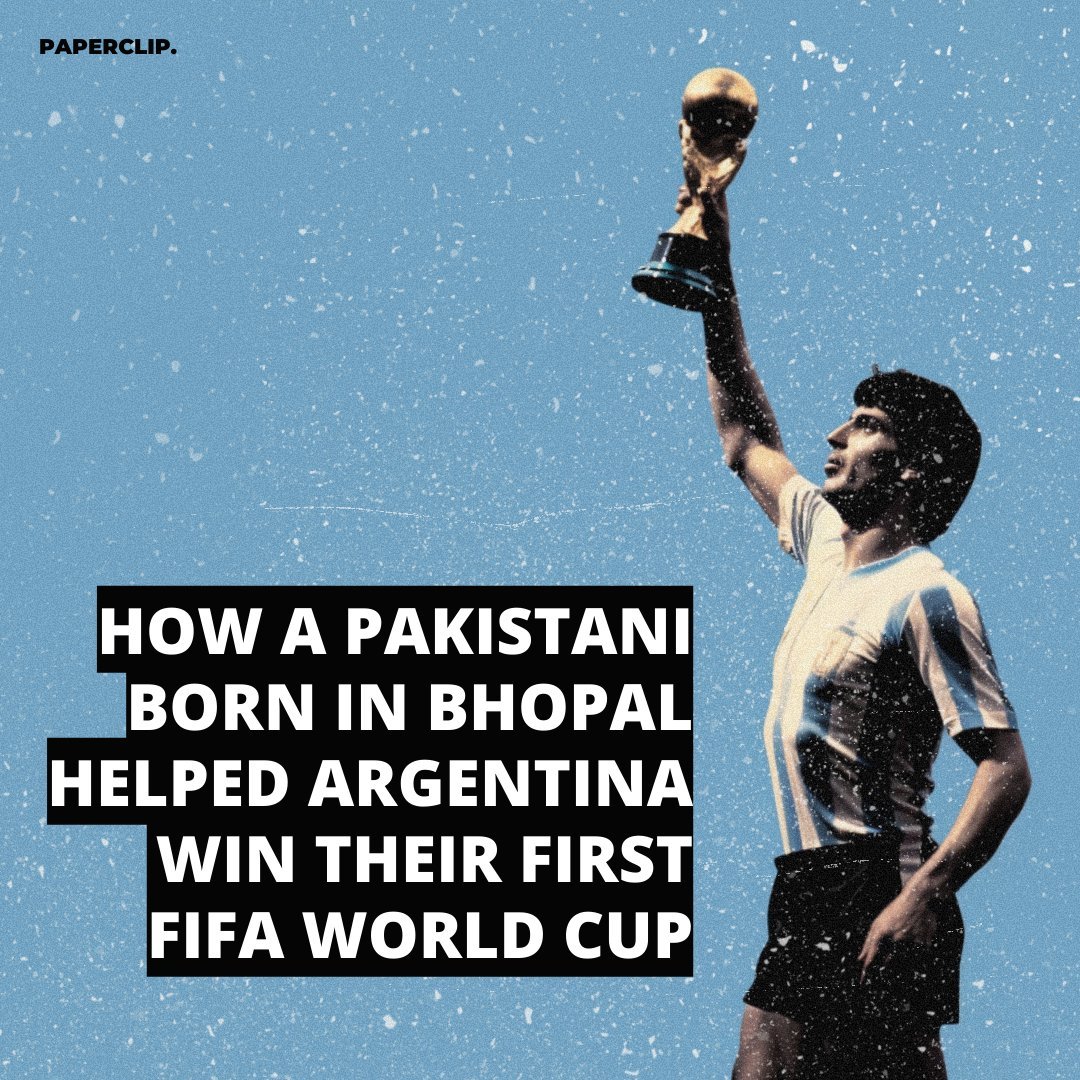Not every barber is dubbed as Shakespeare often, but the unparalleled legacy of a 19th-century barber from a village in Bihar tells an extraordinary story. A thread on Bhikhari Thakur aka “Shakespeare of Bhojpuri” (1/n) 

Thakur was born in a poor barber family #OTD in 1887 in Kutubpur village of Chhapra district. Due to extreme poverty, he couldn’t finish his education and adopted the family profession of a barber (2/n)
After a deadly famine hit his village, the young barber soon migrated to Kharagpur, then Puri to Calcutta where he watched Cinema, Parsi theatre and visited a "naach hall" for the first time that inspired him to write and act in plays (3/n)
He returned to his village, formed a small troupe from his community and started playing Ramayana that soon to be dismayed by the upper caste people of the village. Upset with this incident, he joined the local Launda-Nach group of lower caste people (4/n)
He soon started writing and directing powerful plays, influenced by his socio-political vision amalgamated with different artistic genres, powerful subjects, Bhakti songs, lower-caste dances and innovative lighting (5/n)
Thakur’s ideology was heavily influenced by the social reform movements of the 19th century. His plays that often echoed the voice of marginalized Dalit communities and discriminated women, became heavily popular across the Bhojpuri region (6/n)
His most famous play ‘Bidesiya’ was about the plight of a village woman Pyari Sundari, whose husband migrated to Calcutta and married another woman. Due to its immense popularity, Bidesiya became a style of folk-theatre presentation (7/n)
‘Gabarghichor’ is another cult play about a woman, whose husband was a migrant and she had an illegitimate child named Gabarghichor. The story revolved around a disputed claim on the child and the plight of the mother (8/n)
‘Beti Bechwa’ strongly advocated against the malpractice of selling young brides for marriage with older men. The impact of the play was so huge that it influenced many young girls to escape from wedding venues (9/n)
His Bidesiya troupe mostly consisted of musical instruments like dholak, tabla, sitar, banshi and harmonium. He is also one of the earliest influencers to caste male artists from his Launda-Nach group as female protagonists (10/n)
The social impact of Bhikhari Thakur is unmatched in the Bhojpur region. His social message and style of direction earned him the ubiquitous nickname “Shakespeare of Bhojpuri”. How apt was that! (11/n)
Source: Performing "Bidesiyā" in Bihar: Strategy for Survival, Strategies for Performance” by Brahma Prakash and Hindustan Times
• • •
Missing some Tweet in this thread? You can try to
force a refresh
















